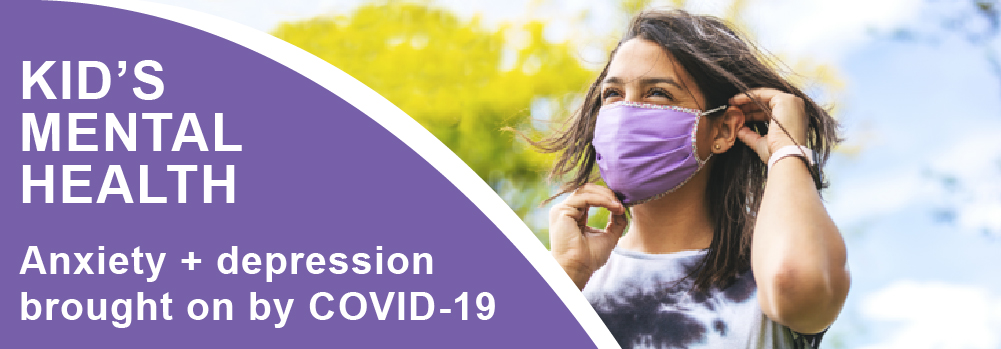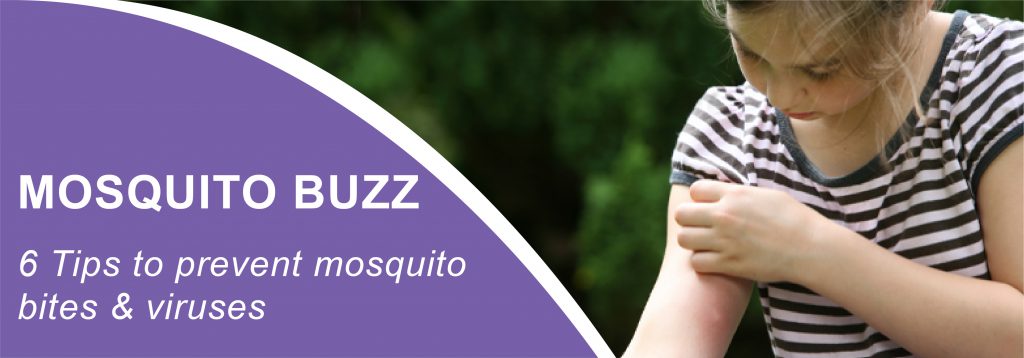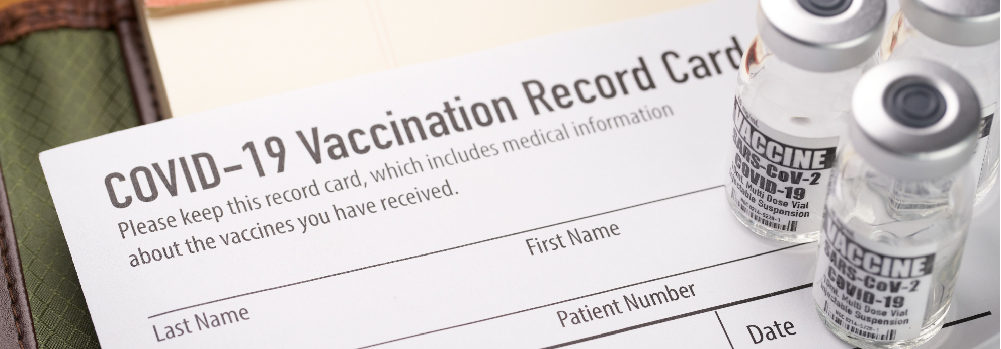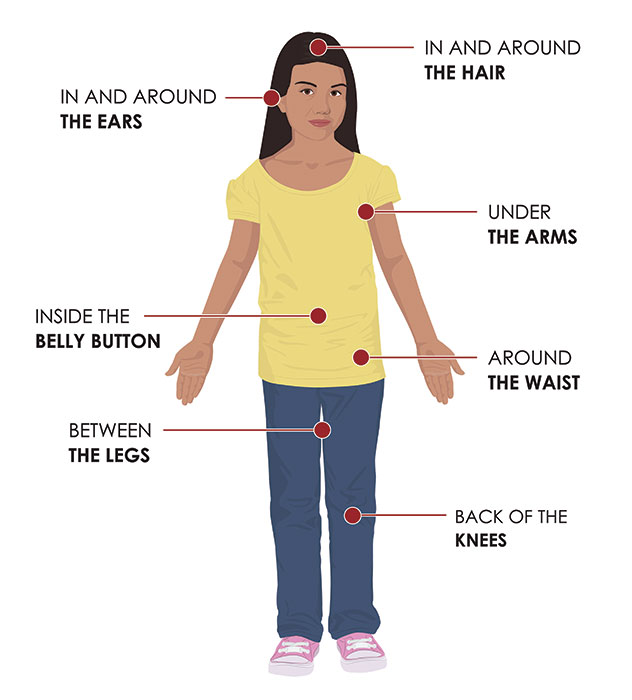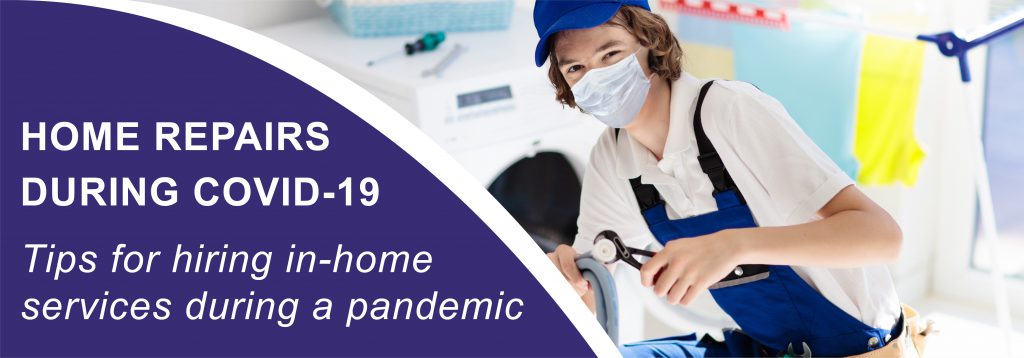
Source: Centers for Disease Control
CDC offers the following tips for staying safe and slowing the spread of COVID-19 while scheduling services or repairs inside the home. This may include installation and repair of plumbing, electrical, heating, or air conditioning systems; painting; or cleaning services.
In general, the closer and longer you interact with others, the higher the risk of COVID-19 spread. Limiting close face-to-face contact and staying at least 6 feet away from other people is the best way to reduce the risk of COVID-19 infection, along with wearing masks and practicing everyday preventive actions. Before welcoming service providers into your home, consider these tips to help keep you, your family, and the service provider safe during in-home services or repairs:
BEFORE THE VISIT
- Check with your local health department to see if there is a stay-at-home order in your state or local community that restricts non-essential activities or services. If a stay-at-home order is in effect in your community, consider if the service request is essential or if it can be delayed.
- If you or someone in your home has COVID-19, has symptoms consistent with COVID-19, or has been in close contact with someone who has COVID-19, wait to schedule non-emergency services that require entry into your home until it is safe to be around others.
- If you or someone in your home is at higher risk for severe illness from COVID-19, such as older adults or those with underlying medical conditions, consider not being inside the home during the service, or find someone else who can be in the home instead.
- Do as much of the pre-service consultation as possible before the service provider arrives, to reduce the amount of time the service provider spends inside your home. For example, discuss the details of the service request on the phone or by email, and send pictures ahead of time.
- Discuss any COVID-19 precautions the service provider is taking, including the use of masks for the duration of the service visit, any pre-screening procedures (such as temperature checks) and using the restroom during the service call.
DURING THE VISIT
- Do not allow service providers to enter your home if they seem sick or are showing symptoms of COVID-19.
- Ask the service provider to wear a mask before entering your home and during the service visit. Also, you and other household members should wear a mask. Consider having clean, spare masks to offer to service providers if their cloth face covering becomes wet, contaminated or otherwise soiled during the service call.
- Avoid physical greetings, for example, handshakes.
- Minimize indoor conversations. All conversations with the service providers should take place outdoors, when possible, and physically distanced indoors, if necessary.
- Maintain a distance of at least 6 feet from the service provider, and limit interactions between the service provider and other household members and pets.
- During indoor services, take steps to maximize ventilation inside the home, such as turning on the air conditioner or opening windows in the area.
AFTER THE VISIT
- If possible, use touchless payment options or pay over the phone to avoid touching money, a card, or a keypad. If you must handle money, a card, or use a keypad, wash your hands with soap and water for at least 20 seconds or use hand sanitizer with at least 60% alcohol after paying.
- After the service is completed, clean and disinfect any surfaces in your home that may have been touched by the service provider.
If you have symptoms of COVID-19 and need to be tested, Save Your Spot at Fever and Upper Respiratory Illness Clinic at an IHA Urgent Care near you.


